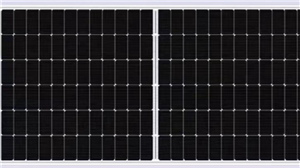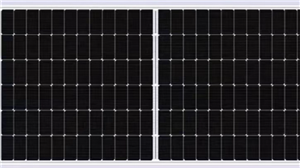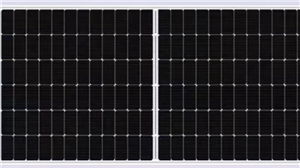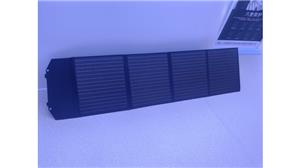Energy storage cabinet
1、 Core components: A safe and efficient technological foundation. The energy storage cabinet is not a single device, but an integrated device composed of multiple systems that work together to ensure its "safe storage, release, and use". The energy storage battery pack is the core carrier of energy storage, mainly using lithium iron phosphate batteries (high safety, long cycle life, generally reaching 3000-10000 cycles), and some scenarios are matched with ternary lithium batteries (high energy density, suitable for volume/weight sensitive scenarios). The battery capacity can be flexibly configured according to demand (such as 5-20kWh for household use, 50-500kWh and above for industrial and commercial use). Bidirectional Converter (PCS): A "bridge" for "AC-DC conversion", which converts AC power generated by the power grid or new energy into DC power during charging and stores it in the battery. When discharging, it converts the battery's DC power into AC power for load use. It also supports seamless switching between grid connected/off grid modes to ensure power supply continuity. Battery Management System (BMS): The "intelligent steward" of batteries, monitoring the voltage, current, and temperature of each battery in real time, accurately calculating the Remaining Charge (SOC) and State of Health (SOH), and using balanced charging, overcharge/overdischarge/over temperature protection to avoid battery damage or safety risks and extend battery life. Cabinet and cooling system: The cabinet is made of cold-rolled steel plate or aluminum alloy material, with waterproof (IP54 or above protection level, suitable for outdoor scenes), dustproof, and anti-corrosion characteristics; Built in air-cooled or liquid cooled cooling modules ensure stable operation of core components such as batteries and PCS in an environment of -20 ℃~50 ℃ (some low-temperature models can reach -30 ℃), avoiding performance degradation or safety hazards caused by high temperatures. Intelligent control system: supports local touch screen operation and remote APP/cloud platform monitoring, can preset charging and discharging strategies (such as "peak valley arbitrage" - charging during low electricity prices and discharging during high electricity prices to reduce industrial and commercial electricity costs; "photovoltaic self use" - prioritizing the use of photovoltaic spontaneous electricity and storing surplus electricity), and also has fault warning and data statistics (such as charging and discharging capacity, operating time) functions to achieve unmanned intelligent management.
2、 Core advantage: The core value of adapting to diverse scenarios. Compared with traditional decentralized energy storage solutions, energy storage cabinets have become the mainstream form of energy storage applications due to their "modularity, intelligence, and high safety" characteristics. The core advantages are reflected in three aspects: 1 Safe and reliable, with controllable risks: Build multi-layer safety protection from hardware (fireproof and explosion-proof batteries, insulation protection design) to software (BMS real-time protection, system fault self cutting) to avoid risks such as overheating, short circuit, and leakage; Some high-end models are also equipped with smoke detectors and fire extinguishing devices, further enhancing safety in extreme scenarios. two Flexible adaptation and on-demand customization: adopting modular design, single cabinet capacity can range from several kWh to several hundred kWh, supporting parallel expansion of multiple cabinets (such as in industrial and commercial scenarios, it can be expanded to MWh level); Simultaneously compatible with three modes: grid connected (coordinated scheduling with the grid), off grid (independent power supply), and microgrid (such as integrated power systems in remote villages and islands), adapting to different scenario requirements. three Economic energy conservation, cost reduction and efficiency improvement: For household users, photovoltaic can be used to achieve "self use and surplus electricity storage", reducing dependence on the power grid for purchasing electricity; For industrial and commercial users, reduce electricity costs through "peak valley arbitrage" (charging at low prices during low valleys and discharging at high prices during high peaks), while participating in the "demand response" of the power grid (discharging support during power grid tension to obtain subsidy benefits); For new energy stations, it can stabilize power generation fluctuations, improve grid stability, and increase the consumption rate of new energy.
3、 Typical application scenario • Home light storage scenario: Paired with rooftop photovoltaic panels, it stores excess photovoltaic power during the day and releases it for home lighting and appliances at night or on cloudy days. In the event of a power outage, it automatically switches to emergency power to ensure the operation of critical loads such as refrigerators and communication equipment. Industrial and commercial energy storage scenarios: Installed in factories, shopping malls, data centers, and other places, on the one hand, it reduces electricity costs through peak valley arbitrage, and on the other hand, it provides "uninterruptible power supply (UPS)" function for production lines, servers, emergency lighting, etc. in case of sudden power outages in the power grid, avoiding downtime losses. New energy supporting scenarios: deployed in photovoltaic power plants and wind farms, storing excess electricity during peak periods of new energy generation, discharging it to the grid during periods of low power generation or high electricity consumption, alleviating the problem of "wind and solar power curtailment", and improving the economy and stability of new energy generation. Emergency rescue scenario: As a movable energy storage cabinet (equipped with wheels or lifting structures), it is used in disaster sites such as earthquakes and floods to provide temporary power support for rescue equipment (such as lighting, communication base stations, medical emergency equipment), solving the power supply problem of power grid paralysis after disasters. As a key component of the "new power system", energy storage cabinets are upgrading towards "higher energy density, longer lifespan, lower cost, and more intelligent collaboration" with the development of the new energy industry and the promotion of the "dual carbon" goal, becoming the core hub connecting energy production and consumption.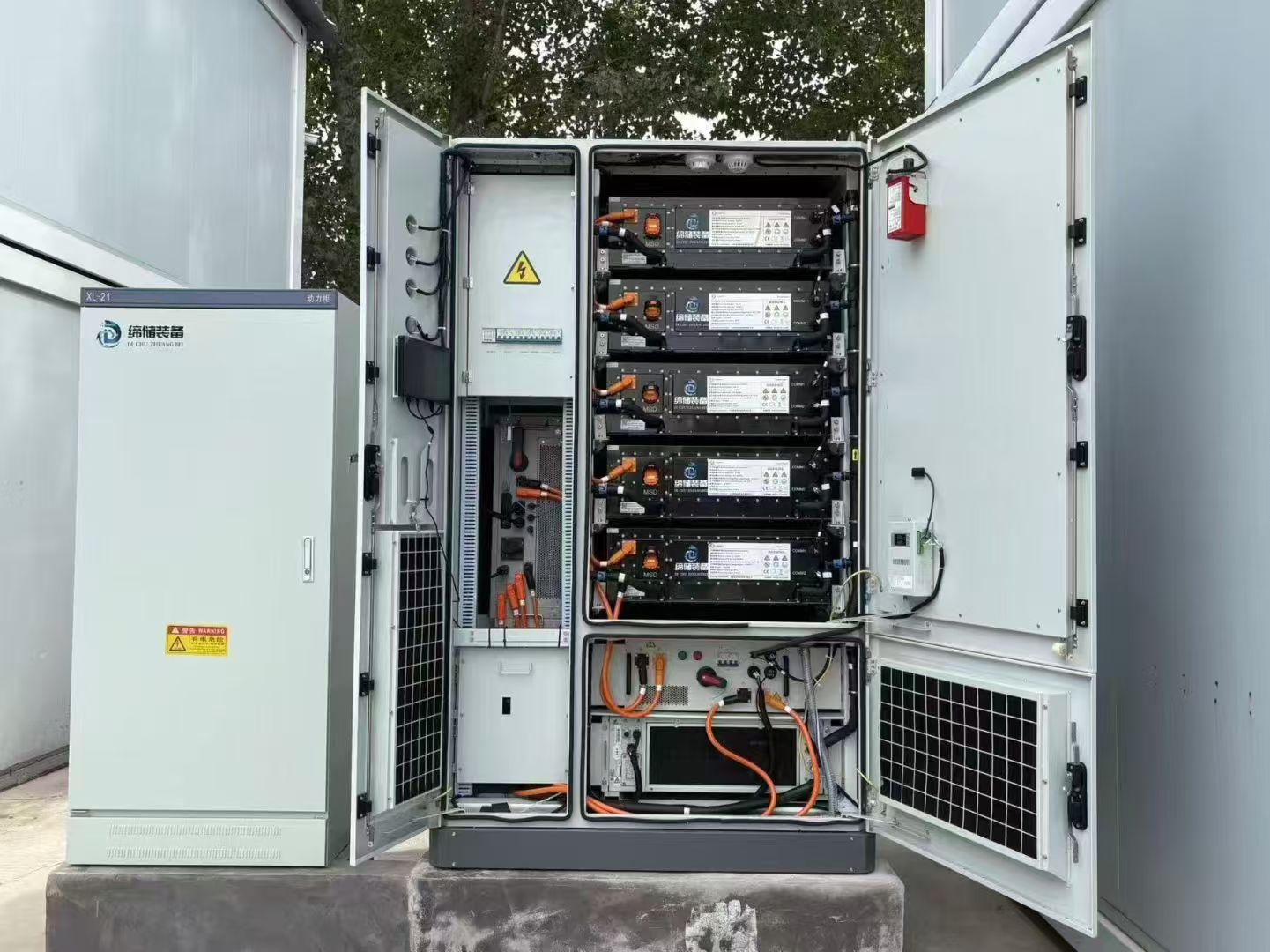
2、 Core advantage: The core value of adapting to diverse scenarios. Compared with traditional decentralized energy storage solutions, energy storage cabinets have become the mainstream form of energy storage applications due to their "modularity, intelligence, and high safety" characteristics. The core advantages are reflected in three aspects: 1 Safe and reliable, with controllable risks: Build multi-layer safety protection from hardware (fireproof and explosion-proof batteries, insulation protection design) to software (BMS real-time protection, system fault self cutting) to avoid risks such as overheating, short circuit, and leakage; Some high-end models are also equipped with smoke detectors and fire extinguishing devices, further enhancing safety in extreme scenarios. two Flexible adaptation and on-demand customization: adopting modular design, single cabinet capacity can range from several kWh to several hundred kWh, supporting parallel expansion of multiple cabinets (such as in industrial and commercial scenarios, it can be expanded to MWh level); Simultaneously compatible with three modes: grid connected (coordinated scheduling with the grid), off grid (independent power supply), and microgrid (such as integrated power systems in remote villages and islands), adapting to different scenario requirements. three Economic energy conservation, cost reduction and efficiency improvement: For household users, photovoltaic can be used to achieve "self use and surplus electricity storage", reducing dependence on the power grid for purchasing electricity; For industrial and commercial users, reduce electricity costs through "peak valley arbitrage" (charging at low prices during low valleys and discharging at high prices during high peaks), while participating in the "demand response" of the power grid (discharging support during power grid tension to obtain subsidy benefits); For new energy stations, it can stabilize power generation fluctuations, improve grid stability, and increase the consumption rate of new energy.
3、 Typical application scenario • Home light storage scenario: Paired with rooftop photovoltaic panels, it stores excess photovoltaic power during the day and releases it for home lighting and appliances at night or on cloudy days. In the event of a power outage, it automatically switches to emergency power to ensure the operation of critical loads such as refrigerators and communication equipment. Industrial and commercial energy storage scenarios: Installed in factories, shopping malls, data centers, and other places, on the one hand, it reduces electricity costs through peak valley arbitrage, and on the other hand, it provides "uninterruptible power supply (UPS)" function for production lines, servers, emergency lighting, etc. in case of sudden power outages in the power grid, avoiding downtime losses. New energy supporting scenarios: deployed in photovoltaic power plants and wind farms, storing excess electricity during peak periods of new energy generation, discharging it to the grid during periods of low power generation or high electricity consumption, alleviating the problem of "wind and solar power curtailment", and improving the economy and stability of new energy generation. Emergency rescue scenario: As a movable energy storage cabinet (equipped with wheels or lifting structures), it is used in disaster sites such as earthquakes and floods to provide temporary power support for rescue equipment (such as lighting, communication base stations, medical emergency equipment), solving the power supply problem of power grid paralysis after disasters. As a key component of the "new power system", energy storage cabinets are upgrading towards "higher energy density, longer lifespan, lower cost, and more intelligent collaboration" with the development of the new energy industry and the promotion of the "dual carbon" goal, becoming the core hub connecting energy production and consumption.


